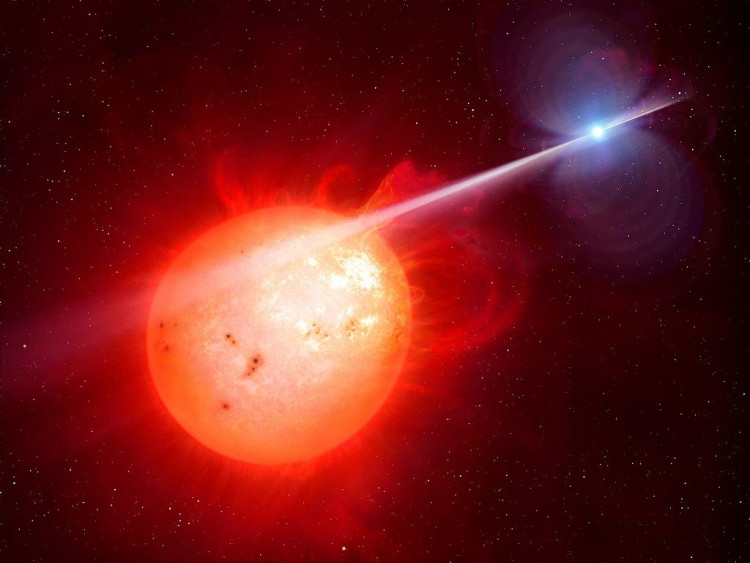For so long we have been told that there's only one star in our solar system - the Sun - and that's pretty much it. We live in a single star system, but scientists also know that binary systems in which two stars orbit each other at the center exist in the universe.
These systems can change over time, with binary systems turning into one-star systems, but could this be true of our own Sun? A new research paper published in Astrophysical Journal Letters suggests it is possible, and it may even have implications for the still-mythical "Planet Nine" being there.
The study suggests our Sun might've been a twin a long time ago. Based on the data, the researchers believe that in terms of mass, the second star would have been much like our Sun, and the theory of an early stellar binary might help justify the presence of the "Oort cloud," a collection of material that orbits our Sun at a long range.
The Kuiper belt is a debris disk, pieces of rock, ice, and even dwarf planets that orbit the Sun farther back than Neptune. The Oort cloud is observed at an even more extreme distance. The theory here is that an early stellar binary might help explain the Oort cloud density since a binary system appears to draw in and absorb more material and objects than a single star.
"Previous models have had difficulty producing the expected ratio between scattered disk objects and outer Oort cloud objects," Amir Siraj, lead author of the study, said in a statement. "The binary capture model offers significant improvement and refinement, which is seemingly obvious in retrospect: most sun-like stars are born with binary companions."
On top of attempting to understand the Oort cloud, a binary companion star could also help to support the presence of Planet Nine. Planet Nine is a still-unidentified object that some scientists say resides in the far reaches of the solar system. By watching object movements in the Kuiper Belt, there seems to be something really huge floating out there, exercising its gravitational force on anything that comes near to it.
If our Sun once had a partner, the pair would have been able to draw in and seize a planet like this. It's still all just a hypothesis, but it's certainly an interesting one. Other moving objects, including other star systems early in the development of our system, may have drawn away from the companion star, which would justify why it's no longer here.





